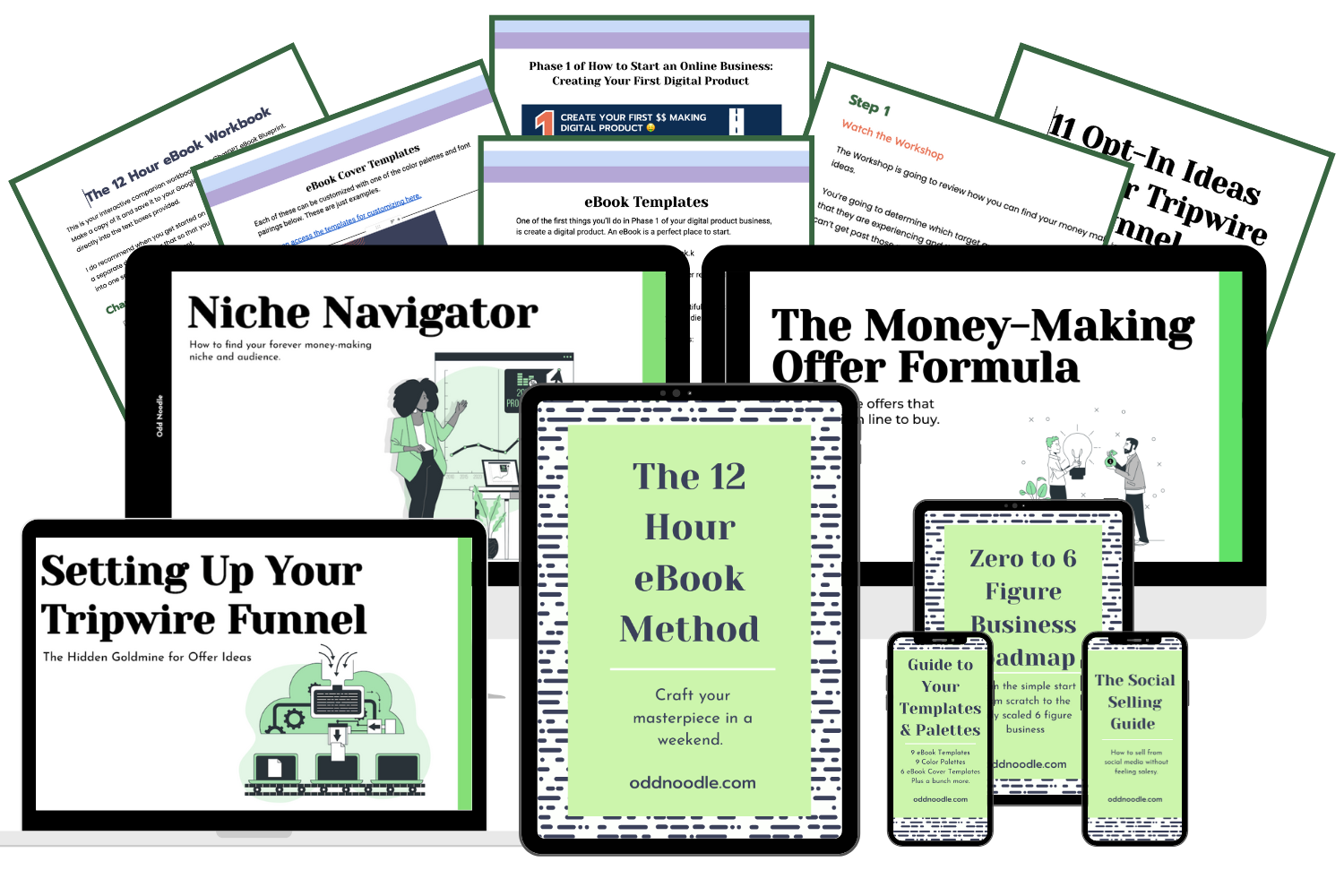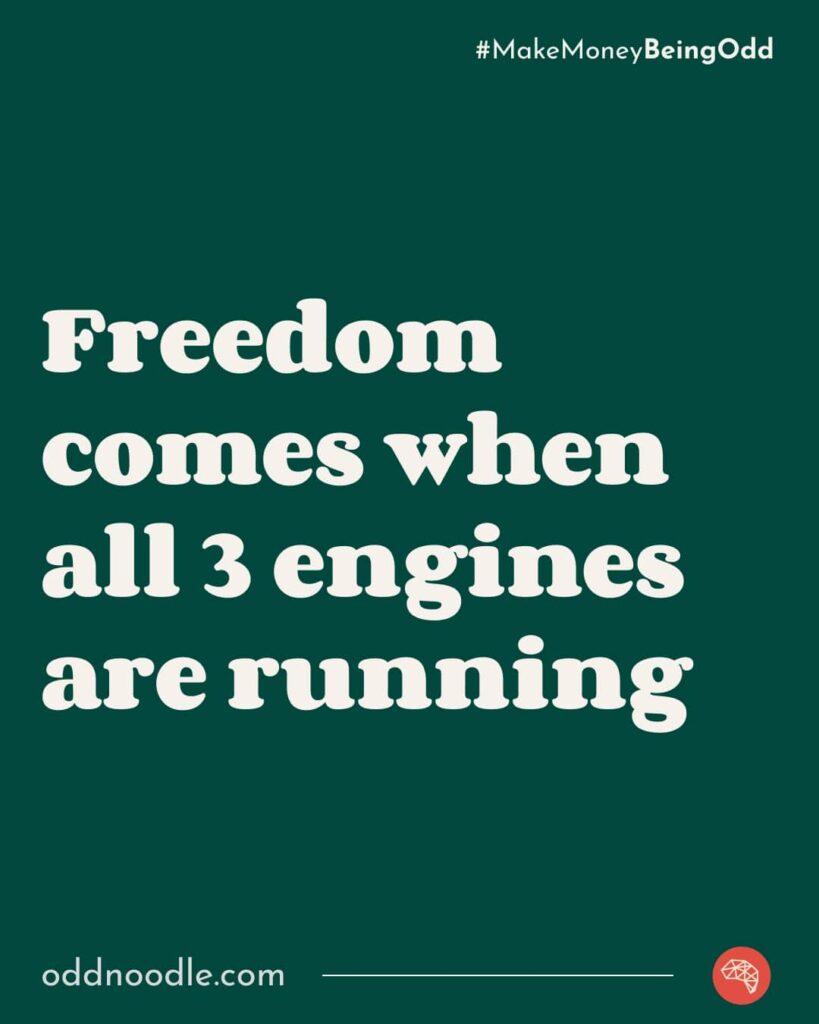First things first.
If you’re going to learn how to start a blog then we need to put you into one of two categories:
- You want to start a blog for fun
- You want to start a blog to make money
If you’re in category #1 then this post is pointless for you. Seriously, there is no need for you to read such a long and awesome post when all you need to do is go to a free blogging site and start blogging whatever is on your mind.
However, if you’re in the second category then this is the post for you.
Why?
Because we love making money using blogs. In fact, we’ve taught 1000s of people how to do it and have had dozens of our own blogs.
While we’ve greatly reduced that number, that doesn’t mean we still don’t know what we’re talking about.
Before diving into the nitty gritty of starting a blog let’s first ask should you start a blog.

Should I Start a Blog?
This answer is going to be similar to the one that I gave when I answered should I start my own business?.
If you’re going to start an online business then you want to make money. That’s obvious.
Yes, I’m sure you want to help people and you should, but it gets a lot harder to help people if you aren’t making money.
So how does a business make money? It follows the Pocket Business Framework.
- Get them to notice you
- Get them to pay attention to you
- Get them to trust you
- Convert that trust into money
“Them” in this case if your audience.
Sidenote on Ads: You might be here because you want to start a blog and make money with ads. There are much better ways of making money with your blog. I’m not saying that you shouldn’t pursue making money with ads but it takes time. Following the framework above will get you to that “I’m making money with my blog” stage sooner.
A blog is a great way to implement the framework into your online business.
You do know you’re starting an online business if you start a blog, right?
Don’t let that intimidate you.
But it’s an important mindset to have. For some reason, people think that you can have:
- a hobby
- a blog
- a business
The sad reality is that you either have a hobby or a business. Fortunately, you get to choose which one you want.
This guide is about starting a business that just so happens to have a blog. That’s right, blogging as a business.
We teach this stuff because our ultimate goal is to help people achieve freedom.
From what? Whatever freedom money can provide for them.
So yes, you should start a blog.
With that out of the way are you ready to get into this?

How to Start a Blog That Makes 6-Figures a Year
Did I startle you there?
6-figures?
Yep.
We aren’t playing for low stakes here. When we think about freedom we don’t see freedom as $500 a month.
You should be able to build an online business that makes you over $10,000 a month.
Yes, blogs make that much if they are done right. Not because they are blog, but because they are businesses.
That’s why you can’t see those things as being separate.
So how do you even begin? Find a domain? Pick a niche?
What do you do?
Well, the first thing is to find a niche, but a niche can be many different things and there are two ways to approach this.
1. Finding Your Niche
Back in the day, I would’ve told you have 7 niches to choose from if you want to make money with a blog, but that was because I was only looking at making money with ads.
When I switched my focus to making money with information products the game change. In fact, because of this, there are an unlimited number of blog niches you can start that will make money.
I know that doesn’t make your job easier because that’s a lot of options!
So what do you do?
There is actually a simple plan to follow.
1. List Your Interests and Passions
I’m not telling you to follow your passion because you might be the only one passionate about it.
What I’m telling you is to list all of your interests and passions. This doesn’t have to be things that you’re good at.
For example, I’m interested in woodworking, but I’m terrible at it. However, having that interest could be enough for me to get started with a blog.
An interest could also be something that you’ve never tried before. Maybe you’re interested in running a marathon but have jogged a mile before.
That’s fine.

2. Research
Now that you have your list it’s time to do some research. This research is going to have two phases.
- Knowledge gathering
- Money gathering
With knowledge gathering, you should read blogs and watch videos by others on the topic. If you don’t fall asleep and feel like you can do this for years then it’s something to research further.
This is important.
If you don’t think you can stay interested in a topic for a number of years then don’t bother.
I’m not going to tell you to grind out a blog even if you hate the topic. I used to say that but I can’t do it anymore because I can’t do it anymore.
If you’re going to build this money-making machine then you should enjoy it almost every step of the way.
Whenever I think about any new business to start I always start by asking if I can keep my interest in this topic for a long period of time.
Another reason why this is important is because you’re going to have to get really good at the topic. Not kind of good, but really good.
The type of good where other people come to you for advice and they see you as an authority on the topic.
I’m not saying that will happen tomorrow. It just has to happen over time.
That’s why it’s so important you can maintain your interest.
For example, I could talk about these things for hours:
- business
- fish
- plants
- photography
Therefore, I know I could build businesses around these things and be okay.
You might not know if you can stay interested in something for a long time and that’s why you need to do this first part of research.
If you still aren’t sure then go with your gut. If you have doubts then push the topic to the side.
Maybe it will come up again later in life.
Now that you’re done with the first phase it’s time to move to the second phase of research which is gathering money.

Money Gathering Research
Remember, you’re only doing this phase with the topics that you truly believe you can spend years talking about and continuously learning.
There is no point in doing this phase with topics you don’t care about.
In this phase, you’re going to look around to see how others make money with the topic.
You’re going to see if they use ads, affiliate marketing (selling other people’s products), their own digital products, or offer services.
It’s not that you want to copy any of these things, it’s just that you want to see how others have monetized the audience.
Rarely will you know how much they make or if they make anything at all, but at least you can see that they’re trying and that’s a start.
But this is only one part of the money-gathering research.
The reality is that if you’re going to start an online business and eventually sell your own products then you should be doing some product research.
That’s a bit beyond the scope of this post, but the idea is that if you can unlock some problems that your audience would be willing to pay to get solved, then you have some product ideas.
And that’s enough to get started with a blog.
It also means that you don’t have to take the absence of money-making by anyone else in the niche as a sign that you should avoid it.
But if nobody else is making money then you should understand why.

2. Find Your Hero
Some people will see this step as optional but for us here at Odd Noodle, it’s the most vital step in this whole process.
Your Hero is the one person that you’re going to talk to.
Why would you want to talk to one person?
It’s because every other brand is trying to talk to everyone. That means when you have a message that really hits home, the people will pay attention.
Your Hero represents thousands of people. We refer to them as one person because they have the same worldviews around your topic.
I won’t dive deeper into understanding your Hero because that’s a whole big deal. If it is something you wish to explore further then be sure to check out the Odd Noodle Playbook.
4. Choose Your Silo
At this point, you might have one topic or you might have many. If you have many then let me stop you right there.
You don’t want to start a blog that covers many topics. Going through and choosing your Hero should help you narrow your topics down to one.
Now the question you might have is how narrow should a topic be and this phase covers that.
Let’s say that you’ve decided that you want to start a Health blog.
Well health, is pretty broad so you shouldn’t start with everything. You need to narrow down to start.
Why?
Because you want to give yourself the best chance of success as possible. How does this make success more likely?
- You become an authority to Google and your audience when they see a number of posts on the same topic. These are referred to as Topic Clusters and Google absolutely loves sites that display topical authority.
- You get to remain focused and really flesh out the right content that all links to each other.
The goal isn’t to stay on a very narrow topic, but you do want to start with one.
So going back to the Health example, let’s say you’ve listed out your Silos (categories):
- weight loss
- running
- yoga
- diet
Yoga and running might be narrow enough, but I think they are still pretty broad. Weight loss and diet are definitely too broad.

Let’s say you want to start with diet. In this case, you want to narrow the silo down even more so you start with carnivore diet.
The objective then is to fill out as much content as you can on the carnivore diet before moving on to the next silo of your choice.
It could be the ketogenic diet or maybe you want to do yoga.
I can’t tell you how much content should be written within each silo. You get to determine that.
But look at it from a reader’s perspective. They come to your site for the first time and read a post on the carnivore diet. Then when they are done they see a lot more posts on it and they go and read those.
It makes sense that they would do that because they are interested in it.
The more posts that they read, the more trust they start to build with you.
This gives them a higher chance of either signing up for your mailing list or possibly buying your carnivore diet offer right on the site.
(Sidenote: I should mention that here at Odd Noodle we prefer to create the offer first before the content so we know what content we should start with. By no means do you need to start this way, but I didn’t want to cause any confusion above.)
You might also be asking why are you thinking about content when you don’t have a blog yet.
I get it. However, wouldn’t it be better to do the important stuff first without spending any money?
If you get this far in this process then you should have a good idea if this is something that you really want to do. It’s far too easy to read a blog post on starting a blog, buy hosting, tell your friends and family, and then just stare at the screen.

5. Write 5 Pieces of Content
That’s right. Before you even have a blog set up you should write 5 pieces of content.
You don’t need a blog to write content. You can open up any program that allows you to type up words.
We like to write our posts directly in WordPress but because we haven’t set that up we can use any text editor or word processor. You should also learn Markdown as it just makes writing so much faster.
Most people like to use Google Docs which is a perfect thing as it allows you to access your posts from anywhere.
There are two main reasons why you’re doing this before you have a blog:
- To see if you really want to do this. Once people start writing they realize that this isn’t for them and they just don’t want to improve as writers.
- To see how you can write 5 pieces of content within a single silo that all tie in together.
Once you have those 5 pieces of content done then it’s time for the fun side of starting a blog.
6. Choosing a Domain
For some this is easy.
For others, this is impossibly hard.
How do you choose a domain name?
Well, you could pick your own name if you want. I know it seems like a lot of people go that route and I understand why.
I don’t use my own name for my businesses because then it makes them impossible to sell.
Not that I ever plan to but what if I do?
Also, if I build a team for a business it always feels weird to me that it would be built around my name. That would mean everybody on the team would have to buy into my name.
Meh.
So that’s why I don’t use my own name, but it shouldn’t stop you from doing yours.
Usually, I look for names that have some relevance to the topic but are also different.
I tend to think of words associated with the emotions that my Hero is going through.
Odd Noodle came about when we thought about what type of person decides to start their own business. The odd person, but odd in a good way. Someone who thinks differently than the average person.
So now you have Odd Noodle.
When it came to Talented Underachiever (a domain I used to own) I simply thought of myself.
I’m talented and yet I’ve underachieved so much in my life. I wonder if anyone else could relate.
Presto, domain name!
There are a number of great tools that you can use to help you find a domain name. One that I like to use is Namevine.
Once I find my name, I head on over to Hover and purchase it.
Why Hover? I like that they only focus on domains. That means no silly upsells or annoying emails about other products.
I like to keep my domains separate from my hosting so if I ever switch web hosts I don’t have to worry about moving my domain as well.
If you’d like more help choosing a domain then be sure to check out our guide on How to Choose a Domain Name.

It Doesn’t Have to Take Months to Monetize Your Blog
The sooner you can create your book and get it out, the sooner you have a chance of making money with every single person who visits your blog.
The 12-Hour eBook Method was designed to help you get a book onto your blog in the shortest time possible so you don’t need to wait until you hit 100,000 pageviews before you can start making money.
7. Choosing a Web Host
You might think this is a hard decision but I’m going to make it easy for you. If you’re just getting started then go with Siteground.
They have the best customer service of the big hosting companies.
I know you’ll see Bluehost everywhere but they are owned by a mega-conglomerate and their customer support is ass.
The StartUp or GrowBig plans will serve you fine when starting off.
8. Add Your Posts
Remember those 5 posts that you wrote? It’s time to get them in there and see how they look.
You might need to make some styling changes but it’s good to have that feeling of seeing content on your actual blog.
Oh, don’t forget to put the posts into a category.
9. Choose a Theme
The default WordPress theme is pretty spiffy. If you went with that for a bit nobody would fault you.
If you’re looking for a theme that can give you some flexibility and speed then we’d recommend GeneratePress. It’s what we use for ALL of our sites and although it isn’t pretty out of the box, it doesn’t take much to make it so.
You can install the free version and do some great things, but we recommend upgrading to the premium version to get all of the functionality and it’s impossible to beat at the price of $59 for unlimited websites.
10. Go Live
Congrats! You can now go live with your blog.
I know you’re wondering about all of the other million things that you think you need to get done, but really you’re good to go.
Building a blog is something that you do over time. It’s like putting together the perfect wardrobe.
It doesn’t happen overnight.
Instead, you build it out over time as you get to see what you want.
With your blog, there are tweaks you’ll want to make to the design.
You’ll want to unlock the best places to promote your content.
You’ll want to get a mailing list setup.
There will always feel like there is something else to do and there is, but it doesn’t have to be done right now.
For this moment, just congratulate yourself for getting this all done and out the door.
It’s just the beginning, but it’s a huge step.

